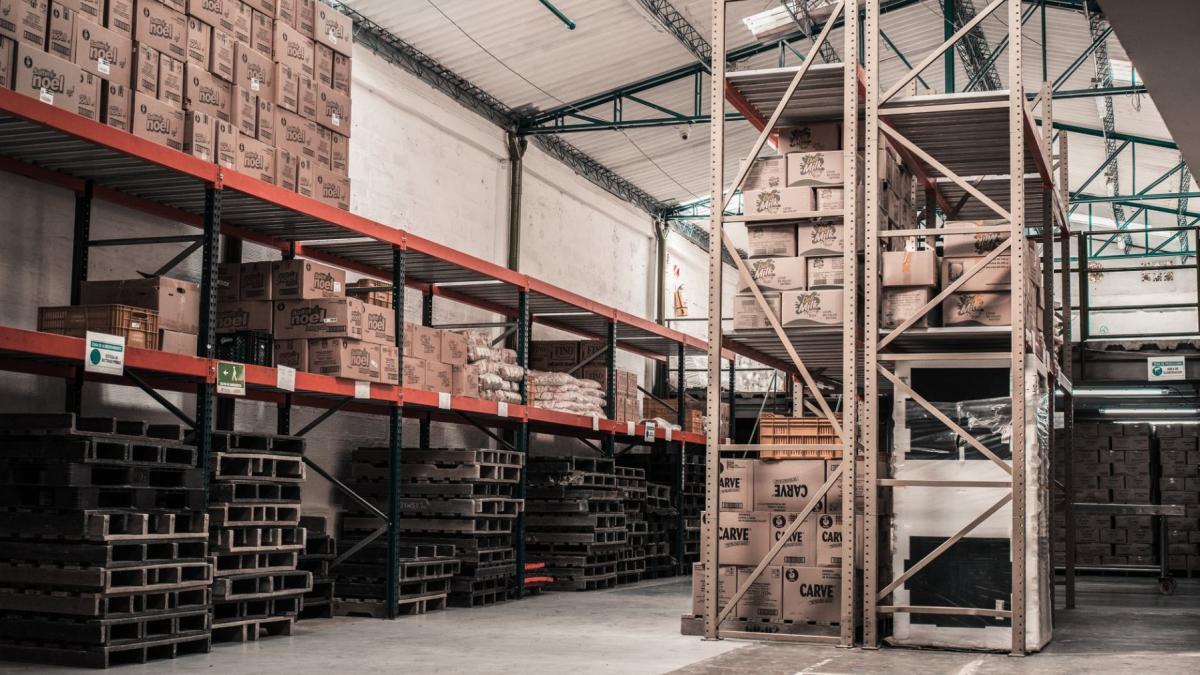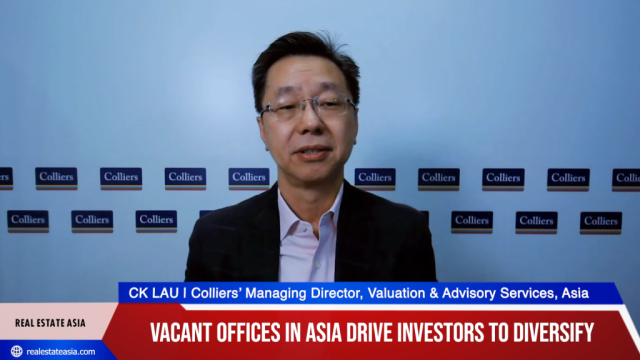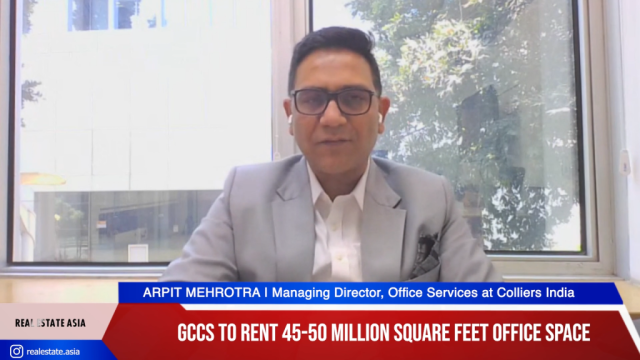
3 APAC countries that will benefit the most from the global supply chain restructuring
These countries are bound to receive more industrial and logistics investments compared to their neighbours.
Several changes in the economic and business environment have made China relatively less attractive for margin sensitive manufacturers, according to a recent Savills report.
Amid this global supply chain restructuring, analysts say ASEAN countries, notably Viet Nam, have stood to benefit the most within the Asia Pacific region.
“According to Oxford Economics, Viet Nam will see the largest manufacturing job gains between 2021 and 2035, with a hike of 4 million, followed closely by Indonesia and India. As such, we can expect to see more investment in industrial and logistics assets in these regions,” said Simon Smith, Savills’ Regional Head of Research & Consultancy, Asia Pacific.
Here’s more from Savills:
Viet Nam
Over the past 20 years, Viet Nam has grown into a major manufacturing hub within the Asia Pacific region, thanks to a host of factors including its relatively stable political environment, an export-driven economy, low operating costs, an increase in free trade agreements, a youthful workforce, investment incentives, and proximity to China and other ASEAN countries.
Amid fraying US-China relations, Viet Nam may emerge as the greatest beneficiary, with companies relocating to avoid tariffs. Total export turnover has surged on average by 13.9% per annum over the previous decade, showing a strong growth momentum despite the recent pandemic.
Meanwhile, the country has continued to receive more foreign capital inflows. Newly registered FDI rose to US$15.2 billion in 2021, up 4.1% over 2020. Most inflows were into the manufacturing and processing sector which accounted for US$7.3 billion, or 48% of the total.
Location wise, the Northern Key Economic Zone (NKEZ) and the Southern Key Economic Zone (SKEZ) together have attracted about 66% of newly registered FDI and 78% of total FDI pledges.
The Northern Key Economic Zone (NKEZ) has well-developed transport networks, prime industrial land supported by new infrastructure development, and a focus on heavy industry, electronics and large-scale projects. Its proximity to China plays in favour of the NKEZ, allowing manufacturers to source materials and move products faster across the border, with China being Viet Nam’s primary import market and second largest export destination. It also enables better integration with the existing Chinese supply chain for relocators.
The Southern Key Economic Zone (SKEZ) is the leading economic zone within Viet Nam, extending over Ho Chi Minh City (HCMC)and seven provinces. SKEZ’s advantages include its proximity to HCMC and Cat Lai Port (the largest port in Viet Nam), a skilled labour supply from good educational institutions, and favourable investment conditions, making it the traditional industrial hub with a diverse manufacturing base.
Viet Nam has a few competitive advantages over other Asia-Pacific countries, including its proximity to China and liberalised trade. Yet the country is not without its share of challenges. Compared to China, it has a significantly smaller working population, only 7% that of China, and even fewer skilled workers. The country is also struggling to build adequate infrastructure to keep up with economic growth.
Viet Nam’s 2030 master plan for transport infrastructure aims to construct 5,000 km of expressways, a deep-water port, high-speed rail routes, and Long Thanh International Airport near Ho Chi Minh City. This boost in infrastructure should help to fuel momentum in its industrial and logistics markets in the longer term.
Indonesia
Indonesia is another developing regional hub. It off ers foreign investors tremendous growth potential, which is backed by a large pool of low-cost labour, a fast-growing consumer market and abundant natural resources. With its 272 million population, Indonesia has a deep pool of labour and the largest domestic market in the ASEAN region, accounting for about 36% of the ASEAN total. According to McKinsey, if Indonesia can quickly return to its pre-pandemic growth rates, the country may become the world’s seventh-largest economy by 2030, making it an attractive outsourcing destination and an important consumer market.
The majority of manufacturing businesses in Indonesia are located on Java Island, which housed 56% of its population and generated 47% of exports and 70% of total manufacturing value-added in 2020. It is also where the capital is situated, with about US$14 billion of FDI, 45% of the total, flowing into the island last year. Java is well-equipped for the manufacturing sector, with better infrastructure and most of the country’s industrial estates (60 out of a total of 104). As a result, there are a number of industrial clusters on the island, spanning key sectors such as automotive, chemicals, electronics, food and beverages, textiles and apparel.
Nonetheless, the shortcomings are also obvious in the world’s largest archipelagic country, as its unique geography poses challenges for connectivity and logistical efficiency. In 2018, the World Bank ranked Indonesia’s logistics performance 46th globally, and it remains below many regional peers, especially in terms of infrastructure quality and the efficiency of customs.
As a result, many national and regional initiatives are already underway, with the government planning to invest over US$430 billion on infrastructure projects between 2020 and 2024. Furthermore, the country’s Java-centric strategy also elicits some sustainability concerns. As land in Java becomes more expensive while wages continue to rise, the competitiveness of the region will gradually reduce over time. The extension of industrial development to the rest of the country is therefore essential to secure consistent growth in the long term.
India
Outside the ASEAN countries, India is a prominent contender well-positioned to gain market share. While it is still working on the availability of high-quality infrastructure and improving its ease of doing business, it also offers maximum potential in the longer term. India is one of those very few countries which has a sizable labour pool comparable to China’s.
According to Oxford Economics, India may overtake China with the world’s largest workforce by 2027, with a billion people aged between 15 and 64. This working population naturally translates to a thriving consumer base. According to Boston Consulting Group, India’s total household spending is expected to increase by 10% to 11% per annum to INR130-140 trillion by 2031-32, tripling its current size.
Furthermore, the Indian government continues to incentivise global companies to set up bases in the country. Apart from the 100% FDI allowance in contract manufacturing, there is also fiscal support aimed at significantly boosting manufacturing and allied sectors, such as the INR1,970 billion Production-Linked incentive schemes and the INR760 billion Semicon India Program. Corporate tax rates for new manufacturing companies have been cut heavily to 15%, the lowest across Southeast Asia.
The growth of the manufacturing sector continues to drive demand for manufacturing/warehouse space across the country. The Indian industrial and logistics sector attracted US$1.5 billion in investment in 2021, the highest after the office sector. We have identified eight tier-one submarkets namely, Delhi-NCR, Mumbai, Bengaluru, Pune, Kolkata, Chennai, Hyderabad, and Ahmedabad. Looking ahead, we expect to see increased interest from investors in the sector in 2022 due to its growth potential and the stable returns on offer.
Download the full report here.























 Advertise
Advertise







